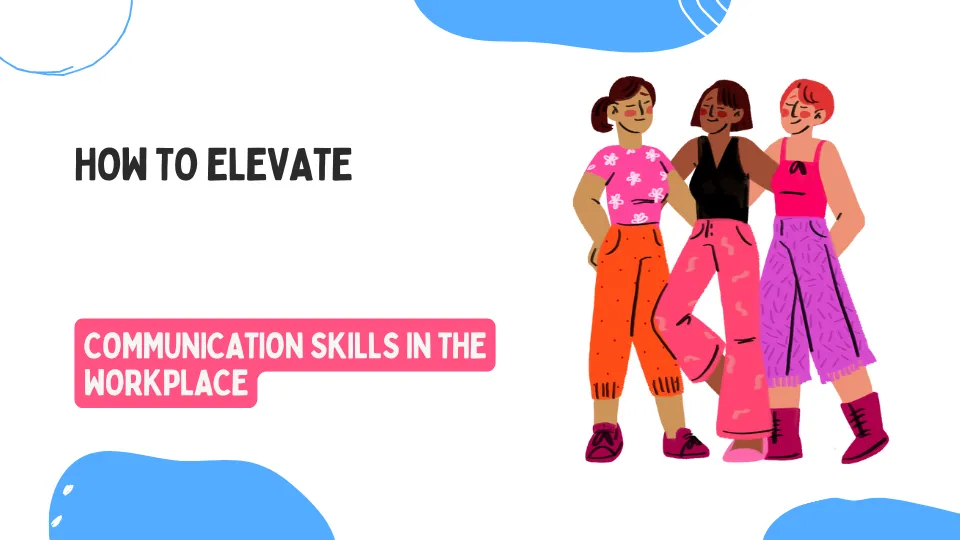Strengthening communication in a professional setting is more than just exchanging information. Active listening extends beyond mere hearing; it demands complete focus on the speaker, absorbing their words, discerning the underlying emotions, and responding aptly. Cultivating this practice builds trust and minimizes miscommunications.
Steps to Improve Active Listening:
Maintain consistent eye contact, accompanied by subtle nods to signify attentiveness.
Eliminate distractions such as phones or irrelevant tasks.
Paraphrase the speaker’s message for clarity, e.g., “So, if I understand correctly, you’re suggesting…”
Communicate with Precision and Brevity
Clarity and brevity are paramount; extraneous jargon or convoluted expressions only obscure the intended message. Aim to convey your thoughts succinctly, ensuring the core message remains unmistakable.
How to Communicate Clearly:
- Arrange your thoughts before speaking.
- Employ short sentences and straightforward language.
- Offer examples to clarify complex points.
Master Nonverbal Communication
Nonverbal cues—such as posture, facial expressions, and hand movements—often speak louder than words. Recognizing and harnessing these signals can significantly improve interaction quality.
Suggestions for Enhancing Nonverbal Skills:
- Adopt open body language, like uncrossed arms, to appear approachable.
- Smile genuinely to foster a welcoming atmosphere.
- Mirror the speaker’s stance subtly to establish rapport.
Enhance Emotional Intelligence (EI)
Emotional intelligence enables you to grasp not only your own emotions but also those of others, allowing for smoother interpersonal exchanges and conflict resolution.
Ways to Cultivate EI:
- Reflect on emotional triggers and responses.
- Practice calming techniques, such as deep breathing, to manage stress.
- Exercise empathy by considering others’ viewpoints.
Approach to Gathering Feedback:
- Inquire about specific aspects, such as tone or clarity.
- Maintain an open mind when receiving feedback.
- Implement the advice in future interactions.
Adapt Communication Style to the Audience
Tailoring your approach based on the audience’s needs ensures more effective communication. Formal discussions with senior management may require a different tone than casual chats with teammates.
Adjusting Your Style:
- Modify your tone based on the situation.
- Employ a professional tone with clients or upper management.
- Be conversational but respectful in casual settings with peers.
Practice Empathy in Conversations
Empathy involves more than acknowledging another’s emotions—it’s about understanding their perspective. It creates a supportive environment and improves teamwork.
How to Display Empathy:
- Listen intently to others’ concerns before reacting.
- Validate their feelings with comments like, “That sounds challenging.”
- Offer assistance or suggestions if someone appears overwhelmed.
Harness Technology Effectively
Emails, messaging apps, and virtual meetings are integral to today’s workplace. Ensure digital communications are clear, purposeful, and reflect the appropriate tone.
Digital Communication Strategies:
- Use bullet points for clarity in longer messages.
- Keep communications brief, especially for updates.
- Be cautious with humor, as it may not translate well digitally.
Engage in Team-Building Activities
Participating in team activities helps enhance communication by promoting open discussions and understanding different viewpoints.
Ideas for Team Engagement:
- Participate in group problem-solving exercises.
- Attend workshops that focus on enhancing communication skills.
- Socialize during informal gatherings to build stronger connections.
Commit to Lifelong Learning
Communication skills evolve, and continuous improvement is essential. Stay ahead by reading relevant literature, taking courses, and attending training sessions.
Resources for Ongoing Growth:
- Books like “Emotional Intelligence 2.0” offer practical insights.
- Online courses on communication skills can provide valuable knowledge.
- Embrace opportunities to speak in meetings or lead projects.
Strengthening communication within the workplace is a multifaceted journey that requires dedication and ongoing effort. By focusing on active listening, nonverbal skills, emotional intelligence, and audience-specific adaptation, you can significantly impact your effectiveness in the professional realm. Incremental improvements over time can lead to substantial gains in fostering a collaborative and thriving work environment.

